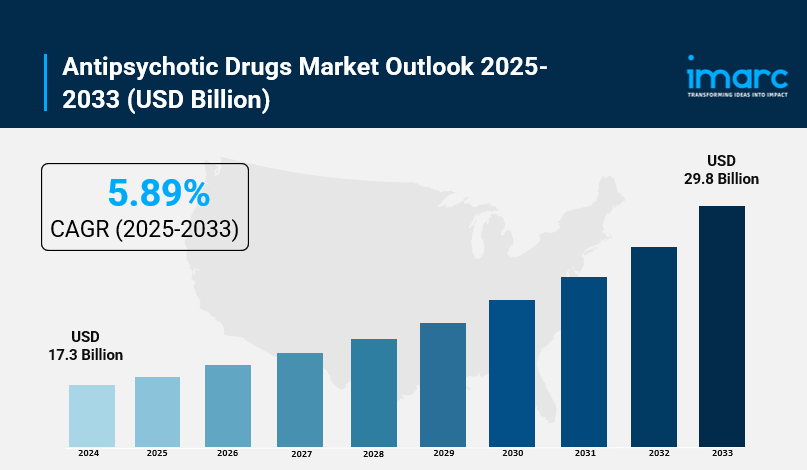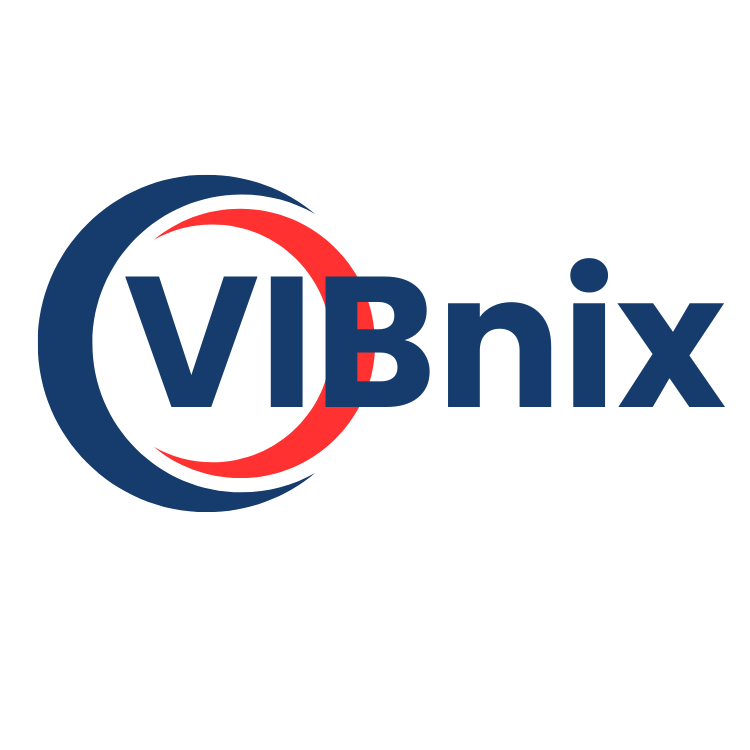Antipsychotic Drugs Market Size, Growth, Key Players, Latest Trends and Forecast 2025-2033

IMARC Group, a leading market research company, has recently releases a report titled “Antipsychotic Drugs Market Report by Therapeutic Class (First Generation, Second Generation, Third Generation), Application (Schizophrenia, Bipolar Disorder, Unipolar Depression, Dementia, and Others), Distribution Channel (Hospital Pharmacies, Retail Pharmacies, Online Pharmacies), and Region 2025-2033.” The study provides a detailed analysis of the industry, including the global antipsychotic drugs market share, size, growth, trends, and forecast. The report also includes competitor and regional analysis and highlights the latest advancements in the market.
Antipsychotic Drugs Market Highlights:
- Antipsychotic Drugs Market Size: Valued at USD 17.3 Billion in 2024.
- Antipsychotic Drugs Market Forecast: The market is expected to reach USD 29.8 billion by 2033, growing at an impressive rate of 5.89% annually.
- Market Growth: The antipsychotic drugs market is experiencing significant growth due to increasing prevalence of mental health disorders.
- Key Players: Major pharmaceutical companies dominate the market, including Johnson & Johnson, Eli Lilly, and AstraZeneca.
- Drug Categories: The market is segmented into typical (first-generation) and atypical (second-generation) antipsychotics.
- Geographical Trends: North America holds the largest market share, driven by advanced healthcare infrastructure and rising awareness of mental health.
- Regulatory Environment: Stringent regulations and approval processes impact the development and availability of new antipsychotic medications.
- Innovation: Ongoing research and development efforts focus on creating more effective and safer treatment options.
- Challenges: The market faces challenges such as side effects associated with long-term use and the stigma surrounding mental health disorders.
- Future Outlook: The market is expected to grow further with increasing investment in mental health care and advancements in drug formulations.
Request for a sample copy of the report: https://www.imarcgroup.com/antipsychotic-drugs-market/requestsample
Our report includes:
- Market Dynamics
- Market Trends and Market Outlook
- Competitive Analysis
- Industry Segmentation
- Strategic Recommendations
Industry Trends and Drivers:
- The Drive for Compliance through Long-Acting Injectables (LAIs):
The most significant driver in the modern antipsychotic market is the pivot towards Long-Acting Injectable (LAI) formulations. Medication non-adherence is arguably the single greatest obstacle in managing chronic psychotic disorders like schizophrenia, leading to high rates of relapse, functional decline, hospitalization, and substantial healthcare costs. LAIs address this challenge directly by ensuring medication is delivered consistently over several weeks or even months, bypassing the need for daily oral dosing. This guarantees therapeutic compliance and has been clinically shown to significantly reduce relapse and rehospitalization rates. Pharmaceutical companies are aggressively investing in developing new LAI formulations for both established and novel antipsychotic compounds, focusing on improving the patient experience by reducing injection volume, minimizing injection site pain, and extending the dosing interval (e.g., once every three months). This shift is positioning LAIs not as a last resort, but as the preferred standard of care for maintenance therapy, offering a tangible solution that improves long-term patient outcomes and provides predictable, high-value revenue streams for manufacturers.
- Broadening Therapeutic Scope and Augmentation Strategies:
Antipsychotic drugs are increasingly prescribed for non-psychotic indications, significantly expanding their market footprint beyond their original use in schizophrenia and bipolar mania. This trend is driven by the drugs’ complex modulation of multiple neurotransmitter systems, making them highly effective as adjunctive therapy for common but treatment-resistant conditions, most notably Major Depressive Disorder (MDD) and generalized anxiety disorder. Several atypical (second-generation) antipsychotics have secured FDA approval specifically for use in combination with traditional antidepressants (SSRIs/SNRIs) when initial monotherapy fails to achieve remission. This therapeutic expansion positions antipsychotics firmly within the broader mental health and mood disorder treatment paradigm, moving them from specialized psychiatric practice into the much larger primary care setting, where many MDD and anxiety cases are managed. The increasing clinical acceptance of using low-dose antipsychotics to target residual symptoms like sleep disturbance, agitation, and irritability in a wider patient population is fueling substantial market growth.
- Focus on Mitigating Metabolic Side Effects in Next-Generation Drugs:
A major market pressure point and subsequent driver of innovation is the urgent need to address the severe metabolic and cardiometabolic side effects associated with many widely used second-generation antipsychotics. Drugs like olanzapine and clozapine, while highly effective, carry a risk of rapid weight gain, dyslipidemia, and increased susceptibility to Type 2 diabetes, which contributes significantly to patient non-adherence and long-term morbidity and mortality. Next-generation drug development is therefore heavily concentrated on creating novel molecules that maintain robust therapeutic efficacy (e.g., antagonism at dopamine D2 and serotonin 5-HT2A receptors) while demonstrating metabolic neutrality or even superior safety profiles regarding weight and glucose control. Formulations that demonstrate minimal or no risk of these adverse effects are highly desirable to physicians and patients alike, making safety and tolerability a critical competitive differentiator that influences prescribing patterns and dictates commercial success in the competitive landscape.
Antipsychotic Drugs Market Report Segmentation:
Breakup by Therapeutic Class:
- First Generation
- Haldol
- Navane
- Others
- Second Generation
- Invega
- Latuda
- Seroquel
- Risperdal
- Zyprexa
- Geodon
- Others
- Third Generation
- Abilify
Breakup by Application:
- Schizophrenia
- Bipolar Disorder
- Unipolar Depression
- Dementia
- Others
Breakup by Distribution Channel:
- Hospital Pharmacies
- Retail Pharmacies
- Online Pharmacies
Breakup By Region:
- North America (United States, Canada)
- Asia Pacific (China, Japan, India, South Korea, Australia, Indonesia, Others)
- Europe (Germany, France, United Kingdom, Italy, Spain, Russia, Others)
- Latin America (Brazil, Mexico, Others)
- Middle East and Africa
Who are the key players operating in the industry?
The report covers the major market players including:
- AbbVie Inc.
- Alkermes plc
- Dr. Reddy’s Laboratories Ltd.
- Johnson & Johnson
- Otsuka Pharmaceutical Co. Ltd.
- Viatris Inc.
Ask Analyst For Request Customization: https://www.imarcgroup.com/request?type=report&id=19329&flag=E
If you require any specific information that is not covered currently within the scope of the report, we will provide the same as a part of the customization.
About Us:
IMARC Group is a global management consulting firm that helps the world’s most ambitious changemakers to create a lasting impact. The company provides a comprehensive suite of market entry and expansion services.
IMARC offerings include thorough market assessment, feasibility studies, company incorporation assistance, factory setup support, regulatory approvals and licensing navigation, branding, marketing and sales strategies, competitive landscape and benchmarking analyses, pricing and cost research, and procurement research.
Contact US:
IMARC Group
134 N 4th St. Brooklyn, NY 11249, USA
Email: sales@imarcgroup.com
Tel No:(D) +91 120 433 0800
United States: +1-201971-6302
- Vibnix Blog
- Politics
- News
- Liberia News
- Entertainment
- Technology
- EĞİTİM BİLGİLERİ
- Art
- Causes
- Crafts
- Dance
- Drinks
- Film
- Fitness
- Food
- Oyunlar
- Gardening
- Health
- Home
- Literature
- Music
- Networking
- Other
- Party
- Religion
- Shopping
- Sports
- Theater
- Wellness



